 |
O-ssak-han yeon-ae a film with contrast.
|
We wouldn’t have a good story without them.
Contrast, AKA conflict, is essential to any book or film, but because we tend to avoid the edgy situations in real life, it can be hard to express on the pages or screen.
Again, the irony. We want to experience peace, but nobody wants to read, or watch, a story where everyone and everything is harmonious.
“Chase your characters up trees and throw rocks at them” is a long upheld adage. But doing it in a way that lends anticipation and promise of some level of satisfaction at the end is the crux. The measure of these ingredients, especially the resolution factor, will depend on genre, author and readership.
For example, Charlaine Harris’s Southern Vampire Mysteries gave us a resolution at the end of each book that promised something new. But when it came to the last book, not everyone agreed. There was certainly a lot of controversy on how the entire series wrapped up!
Then there are dystopian books like The Forest of Hands and Teeth where author Carrie Ryan leaves us more uncomfortable in the end than when we started. The series is bleak, but given it's a dystopia, we were forewarned.
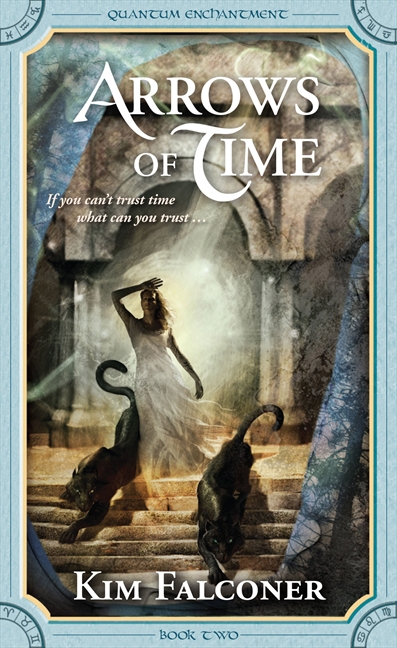 Resolution of the contrast can vary widely, even within genres, but is contrast always about conflict? The two aren't exactly the same.
Resolution of the contrast can vary widely, even within genres, but is contrast always about conflict? The two aren't exactly the same.Conflict can be categorized by relationship. For example in LOTR, conflict is interpersonal between Gandolf the Gray and Saurman, intra-personal within Smeagol himself, intra-group with Boromir and Frodo, and inter-group between the orcs and the Riders of Rohan.
But contrast can also be about juxtaposition where the author plays with things like time, ideologies and voice.
Anne McCaffrey in her Dragonriders of Pern shows a people united through the contrast of their own survival against the threat of the Red Star.
In The Diary of Pelly D, L J Adlington uses an unearthed diary to contrast the present day dystopian world with a more beautiful pre-acpocolytic one.
Intra-personal contrast can be shown through diaries as well, seen in L J Smith's The Vampire Diaries, and our own Amanda Arista's Diary of an Urban Panther. In my Quantum Encryption Series, major ideologies are explored through the discovery of a long lost diary.
Time can also be a powerful marker for contrast used in the form of flashbacks, flash-forwards and time travel. These techniques are seen in books like Audrey Niffenegger's The Time Traveler's Wife, my own Arrows of Time and Isabelle Carmody's Obernewtyn Series.
Spark any ideas? Feel free to share your examples, or favorite bit of contrast in a story or film, in the comments.
Namaste all!
xxxKim
 Kim Falconer is a Supernatural Underground author writing paranormal romance, urban fantasy, YA and epic science fantasy novels.
Kim Falconer is a Supernatural Underground author writing paranormal romance, urban fantasy, YA and epic science fantasy novels. You can find out more about Kim at GoodVibeAstrology.com, KimFalconer.com or on the 11th House Blog, and on FaceBook and Twitter. She posts here at the Supernatural Underground on the 16th of every month. Her latest release is"Blood and Water" in Supernatural Underground: Vampires Gone Wild.

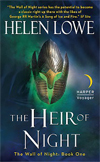
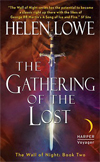
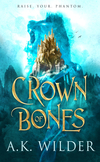
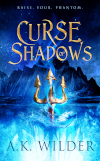
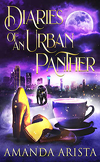
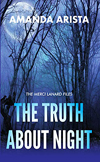

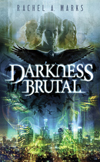
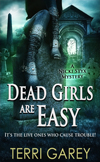
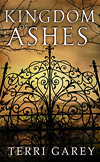
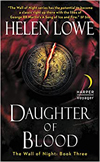
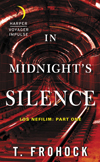

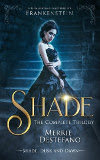

No comments:
Post a Comment